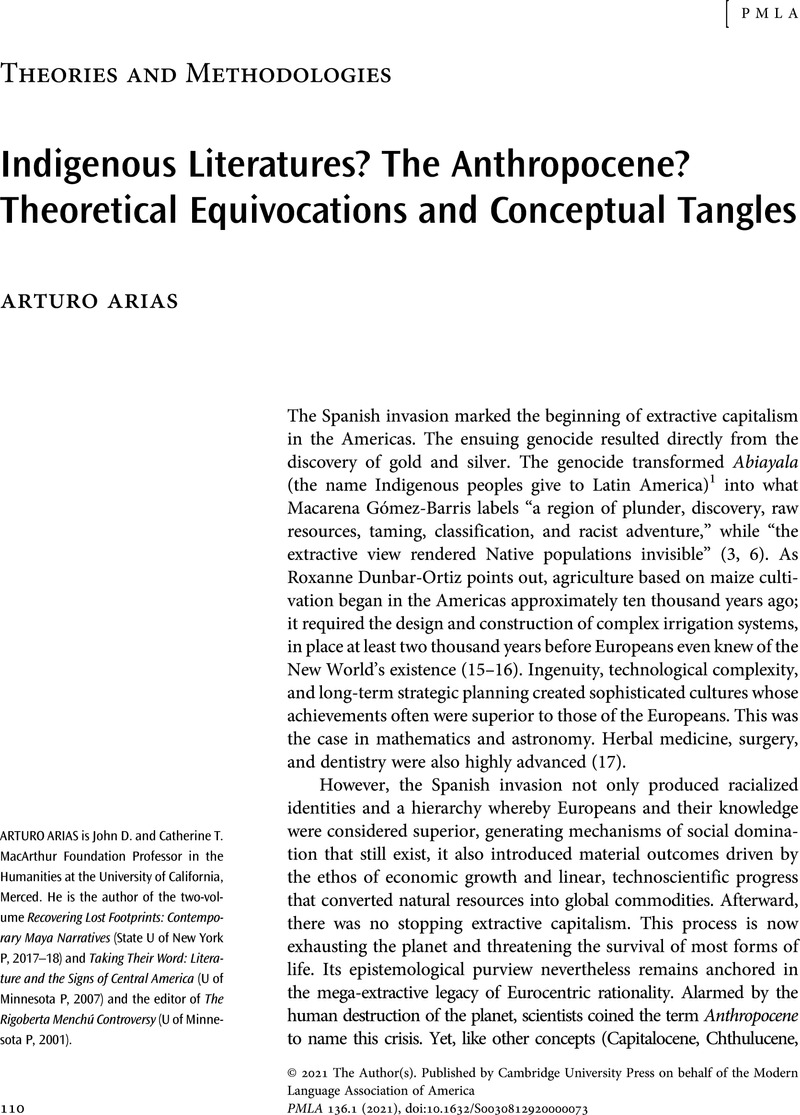Crossref Citations
This article has been cited by the following publications. This list is generated based on data provided by Crossref.
Tillett, Rebecca
2025.
“Seeing What Might Lie Beyond”: Hope and Indigenous Futurisms in Cherie Dimaline’s
The Marrow Thieves
.
Comparative American Studies An International Journal,
p.
1.



